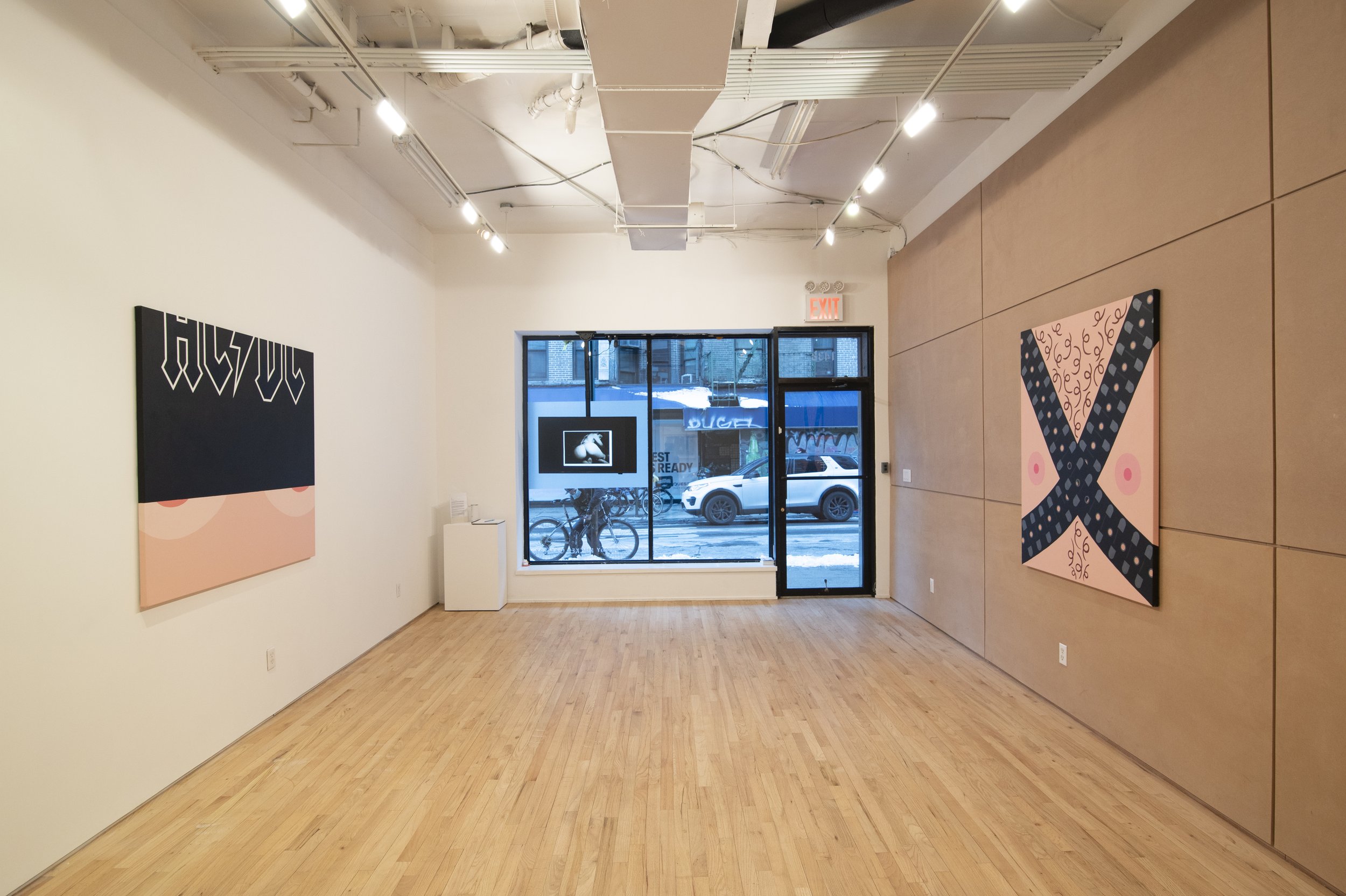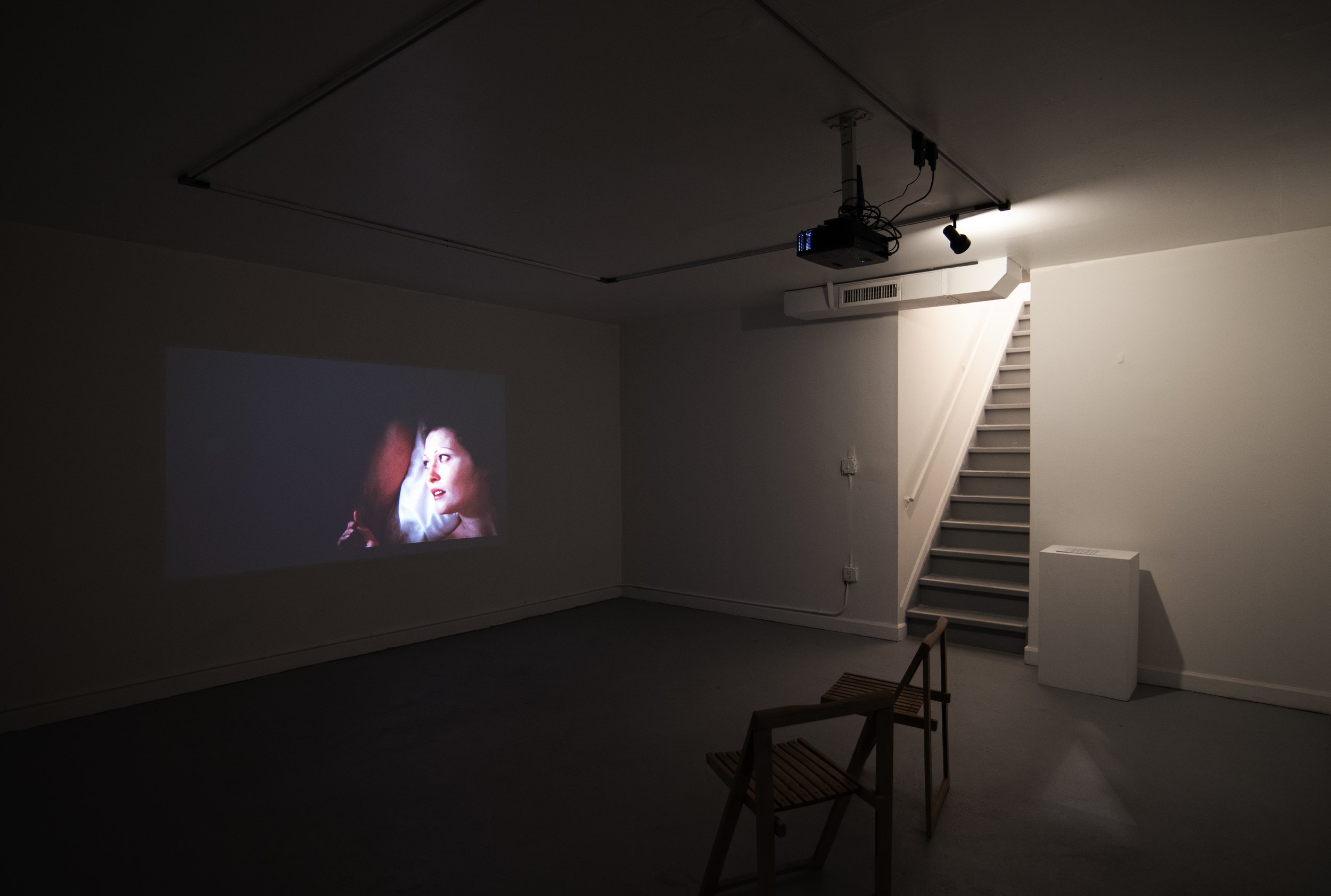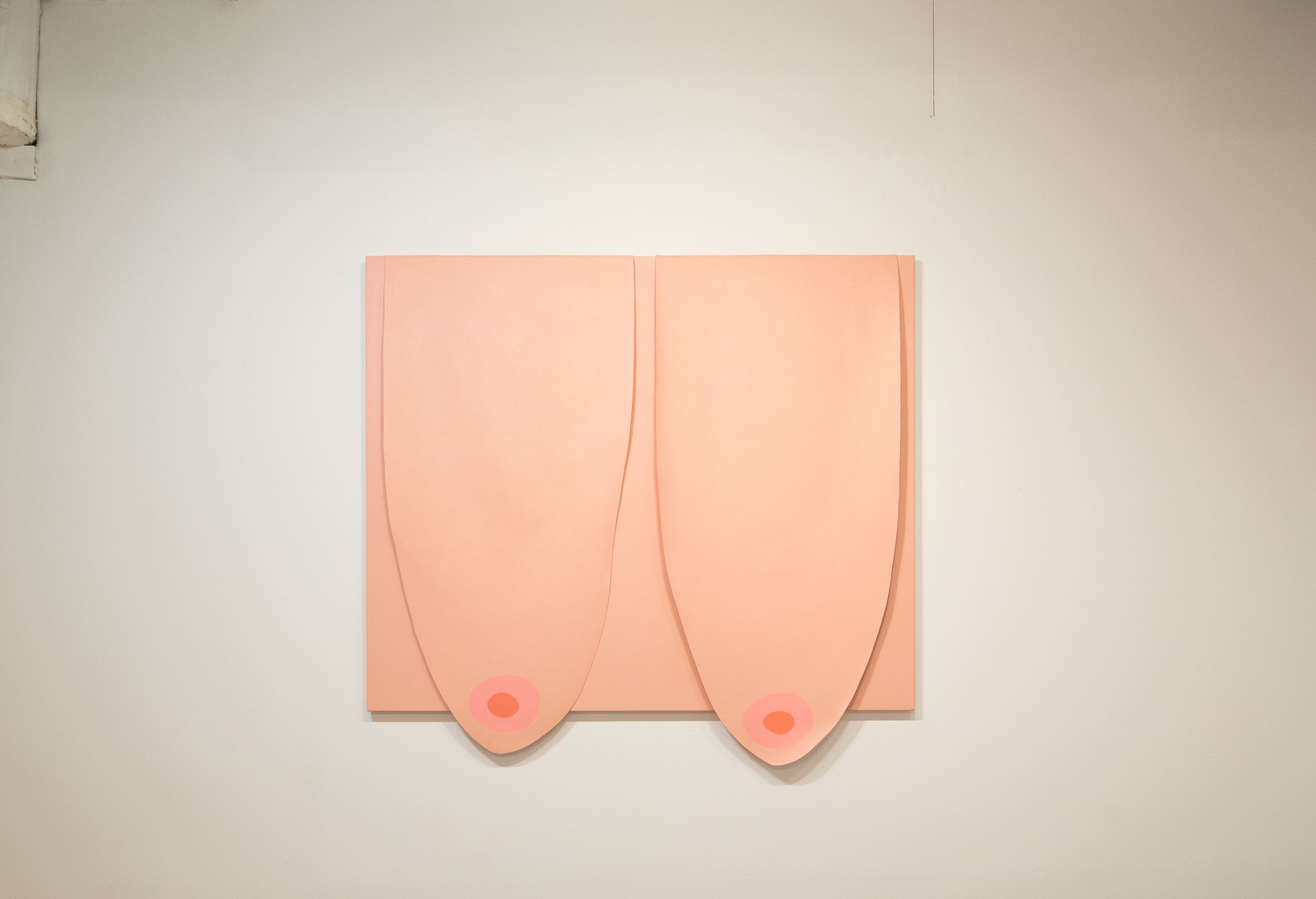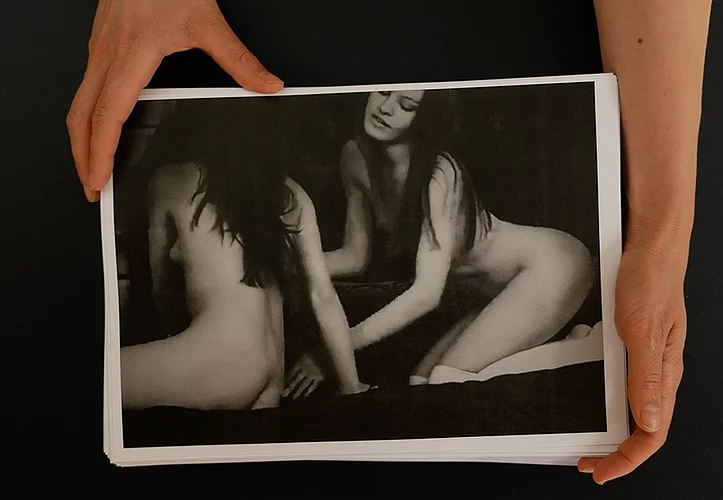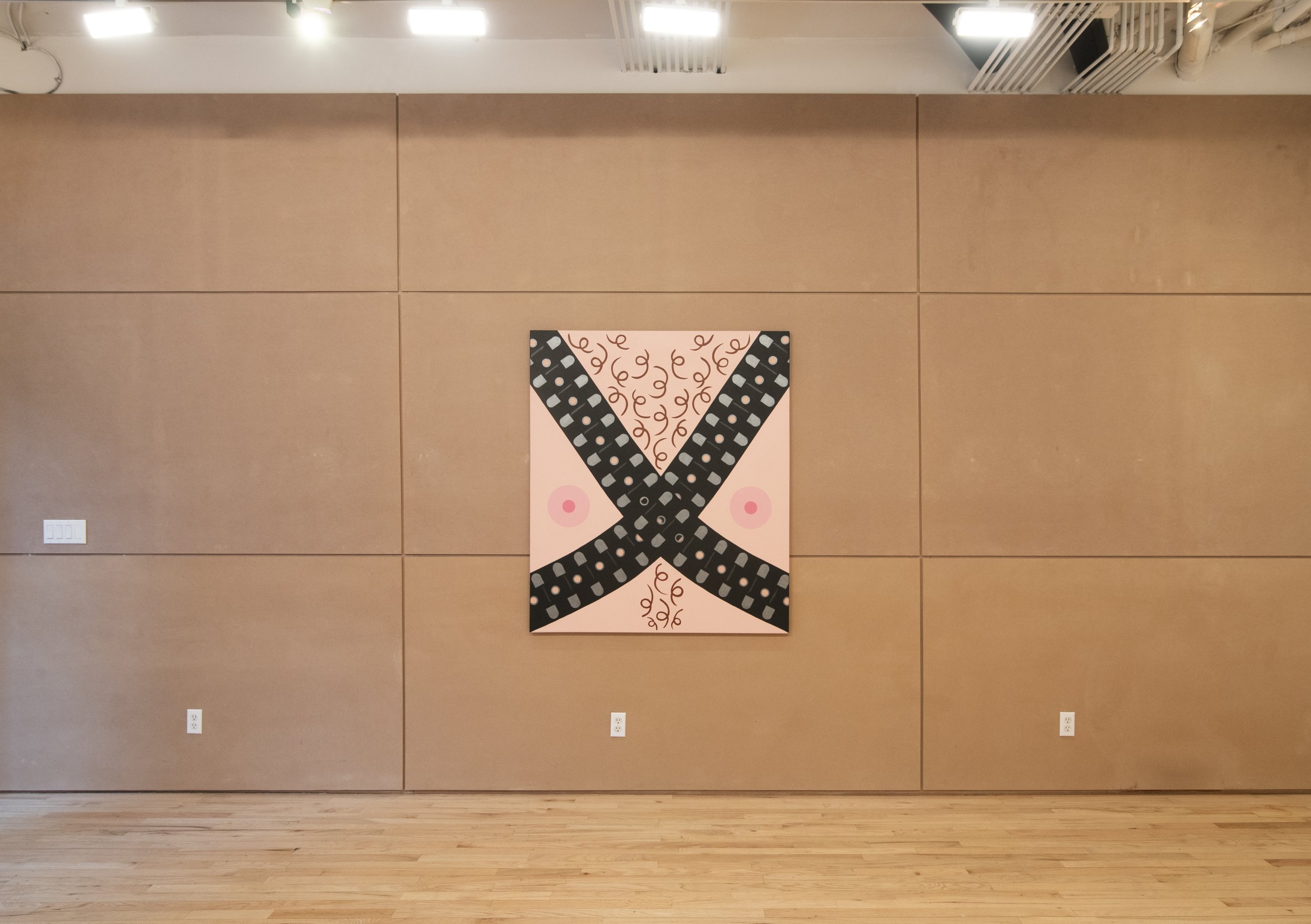After__________
Ann Oren | Amy Sarkisian
January 6 - February 12, 2022
Yes, girls, we also find your corpses very hot. -Virginie Despentes
We have been conditioned to accept the flat female* character as narrative device, the segmented female body as innovative, and the female nude as art in its purest form. While past male artists have cast themselves as liberators of female sexuality, this view can be somewhat solipsistic in scope as women are more often than not invited into art spaces as subject/object rather than creator.
Sherrie Levine’s seminal series After Walker Evans, from which this exhibition derives its title, recasts Evans’s work as her own, creating a conversation about ownership and property. Often seen as a feminist hijacking of patriarchal authority, Levine’s appropriation of works by male artists rematerializes conceptual art which dematerialized it a decade before.
Ann Oren is an artist interested in showing her viewer what it is to navigate the world in a female body. Oren’s work Deux Femmes (for Man Ray), 2017 directly references Man Ray and his female subjects, particularly in his works that inspire contemporary fashion photography by fragmenting the female form. In her video, a series of black and white still photographs derived from various amateur pornographic videos depicting two women engaging in sexual play are carefully stacked on top of one another, slowing the scopophillic view to a crawl. Female sexuality as performance is reduced to flat, segmented images displayed by female hands, which pause periodically to carefully straighten the images.
In her video Penelope, 2012, Oren weaves a monologue of fifteen iconic cinematic women into a single entity. Here, the artist darkens everything surrounding the female actors, maintaining the viewer’s focus on the woman’s words, actions, and reactions. Casting the female as the lead not only highlights the craft of the actor, it also helps to create female characters that are as complex as females themselves.
Amy Sarkisian’s recent work visually references Tom Wesselmann’s slick, reduced Pop Art paintings, most notably his Great American Nude series from the 1960s. Pairing pop cultural ephemera with everyday objects and female body parts, Wesselmann’s works reduced the female form to lips, fingers, a single live breast. Sarkisian’s painted pieces, while also featuring pink nipples and peach skin, originate in a post-Our Bodies Ourselves space where women are called upon to reclaim their right to their bodies and their sexuality.
Crop Top, 2019 depicts an AC/DC t-shirt cropped to reveal just a hint of nipple and breast, the juxtaposition of the heavy metal band shirt and the reveal plays as a homage to female rock artists that helped ensure that the anarchic music movement had a female voice. Untitled, 2019 is a similar piece, but here the pink nippled-breasts have aged past its supple prime and now point downward as two painted canvases that swing independent of its frame, fully exposed, and extending beyond the bottom parameter of the painting. Objectification is inherently degrading and when emptied and reduced to surface can make for an awkward wit. Sarkisian’s piece reminds us that systems fail and what was once heralded as new will eventually droop and humanize us.
In this exhibition, we’ve dismissed the male artist from the title, bringing our focus to the women creating artwork through their own lens.
* In this text, the word female refers to anyone that identifies as a woman.

